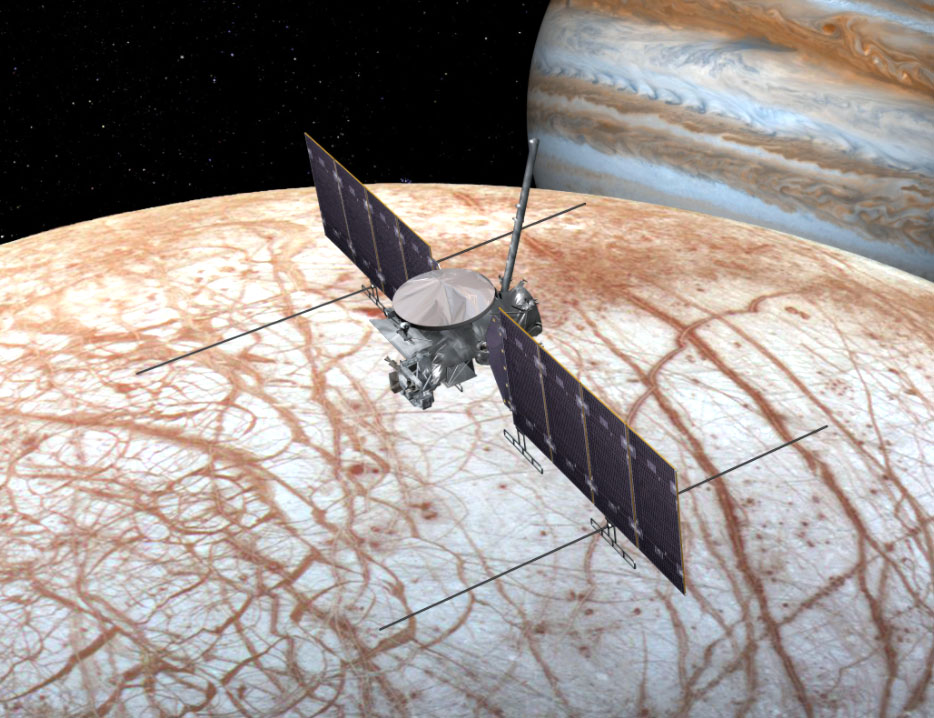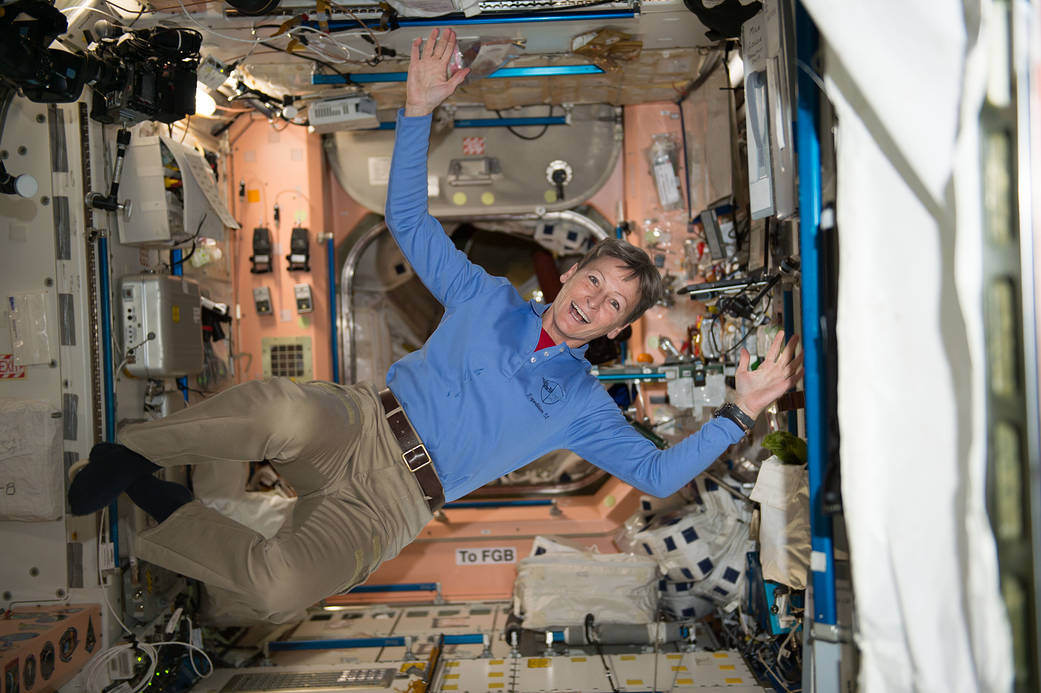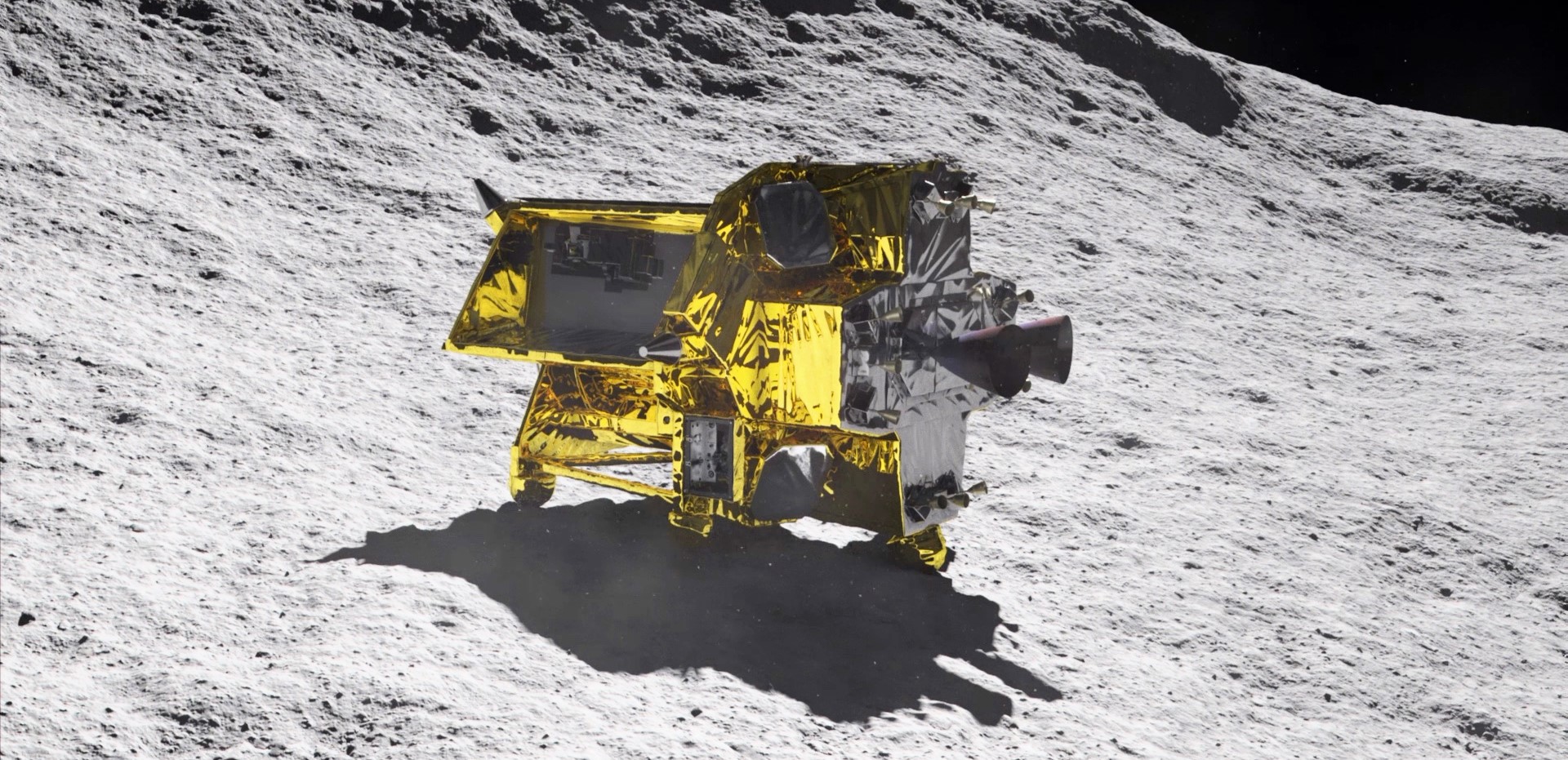Any mission to Jupiter and its moons must contend with the gas giant’s overwhelming radiation. Only a judicious orbital pattern and onboard protective measures can keep a spacecraft safe. Even then, the powerful radiation dictates a mission’s lifespan.
However, researchers may have found a way to approach at least one of Jupiter’s moons without confronting that radiation.
Continue reading “Is There a Low-Radiation Path To Europa?”









